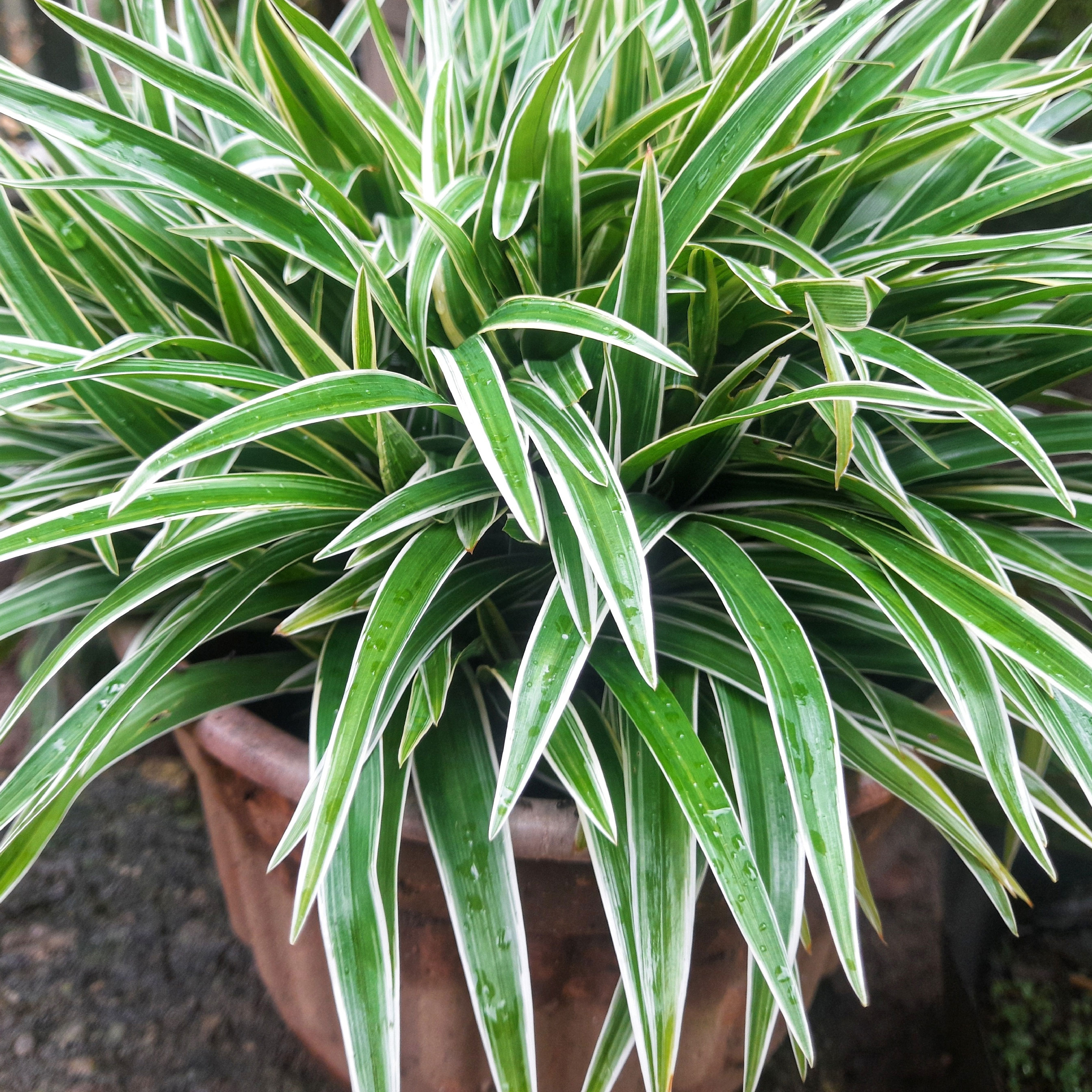Water Cycle In The Garden: How To Teach Kids About The Water Cycle


Gardening can be a great way to teach children specific lessons. It’s not just about plants and growing them, but all aspects of science. Water, in the garden and in houseplants, for instance, can be a lesson for teaching the water cycle.
Observing the Water Cycle in the Garden
Learning about the water cycle is an important part of basic earth science, ecosystems, and botany. Simply observing the movement of water through your yard and garden is one easy way to teach this lesson to your children.
The basic concept about the water cycle to teach children is that water moves through the environment, changing forms and constantly recycling. It is a finite resource that changes but never goes away. Some of the aspects of the water cycle you and your children can observe in your garden include:
- Rain and snow. One of the most noticeable parts of the water cycle is precipitation. When the air and clouds fill with moisture, it reaches a critical point of saturation and we get rain, snow, and other types of precipitation.
- Ponds, rivers, and other waterways. Where does the precipitation go? It replenishes our waterways. Look for changes in the water levels of ponds, streams, and wetlands after rain.
- Wet vs. dry soil. Harder to see is the precipitation that soaks into the ground. Compare how the soil in the garden looks and feels before and after it rains.
- Gutters and storm drains. Human elements also come into play in the water cycle. Notice the change in sound of a storm drain before and after a hard rain or the water that surges from the downspouts of your home’s gutters.
- Transpiration. Water also gets pulled out of plants, through their leaves. This isn’t always easy to see in the garden, but you can manipulate houseplants to see this process in action.
Water Cycle Lessons and Ideas
You can teach kids about the water cycle just by observing how water moves through your garden, but also try some great ideas for projects and lessons. For kids of any age, creating a terrarium will allow you to create and observe a small water cycle.
A terrarium is an enclosed garden, and you don’t need a fancy container to make one. A mason jar or even a plastic bag you can put over a plant will work. Your kids will put water into the environment, close it, and watch the water move from soil to plant, to air. Condensation will form on the container too. And, if you look closely, you may be able to see transpiration happening, as droplets of water form on the leaves of plants.
For older students, like those in high school, the garden is a great place for an extended project or experiment. As an example, have your kids design and create a rain garden. Start with research and design, and then build it. They can also do several experiments as part of the process, such as measuring rainfall and changes in pond or wetlands levels, trying different plants to see which do best in soggy soil, and measuring pollutants in the water.
Gardening tips, videos, info and more delivered right to your inbox!
Sign up for the Gardening Know How newsletter today and receive a free copy of our e-book "How to Grow Delicious Tomatoes".

Mary Ellen Ellis has been gardening for over 20 years. With degrees in Chemistry and Biology, Mary Ellen's specialties are flowers, native plants, and herbs.
-
 Want To Know How To Make A Spider Plant Bushier? 4 Secrets For Lush & Bushy Spiders
Want To Know How To Make A Spider Plant Bushier? 4 Secrets For Lush & Bushy SpidersAre you looking for ways to make your spider plant look bigger or more dramatic? Follow these quick and easy tips on how to make a spider plant bushier
By Teo Spengler
-
 What Is A Pollinator Garden? Grow Gorgeous Blooms While Benefiting Your Local Ecosystem
What Is A Pollinator Garden? Grow Gorgeous Blooms While Benefiting Your Local EcosystemPollinator gardens look great and also provide a diverse ecosystem that benefits your local pollinating insects and animals. Get started today with this guide!
By Bonnie L. Grant